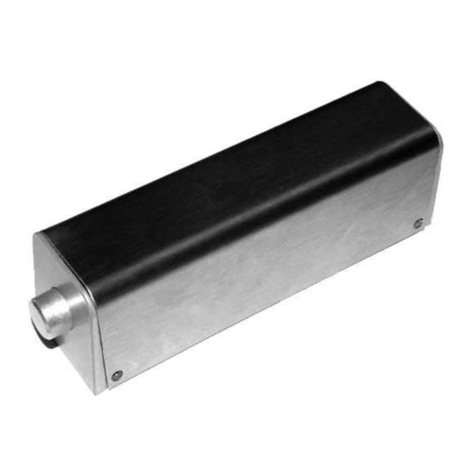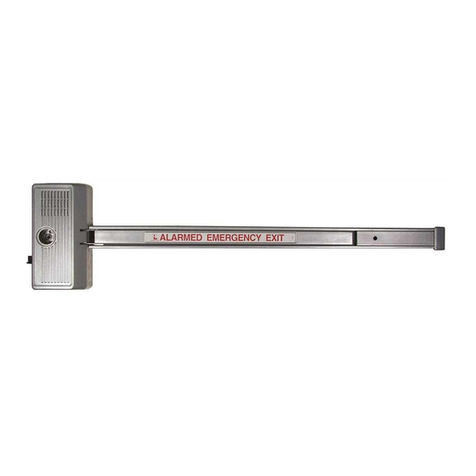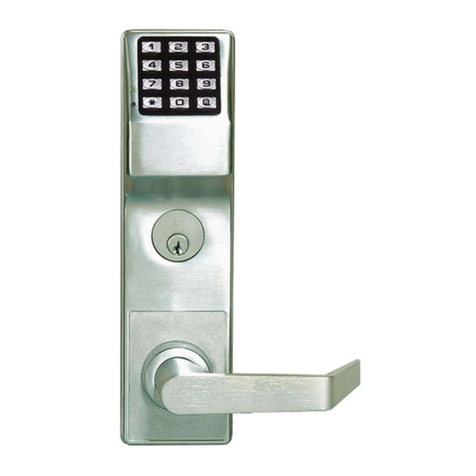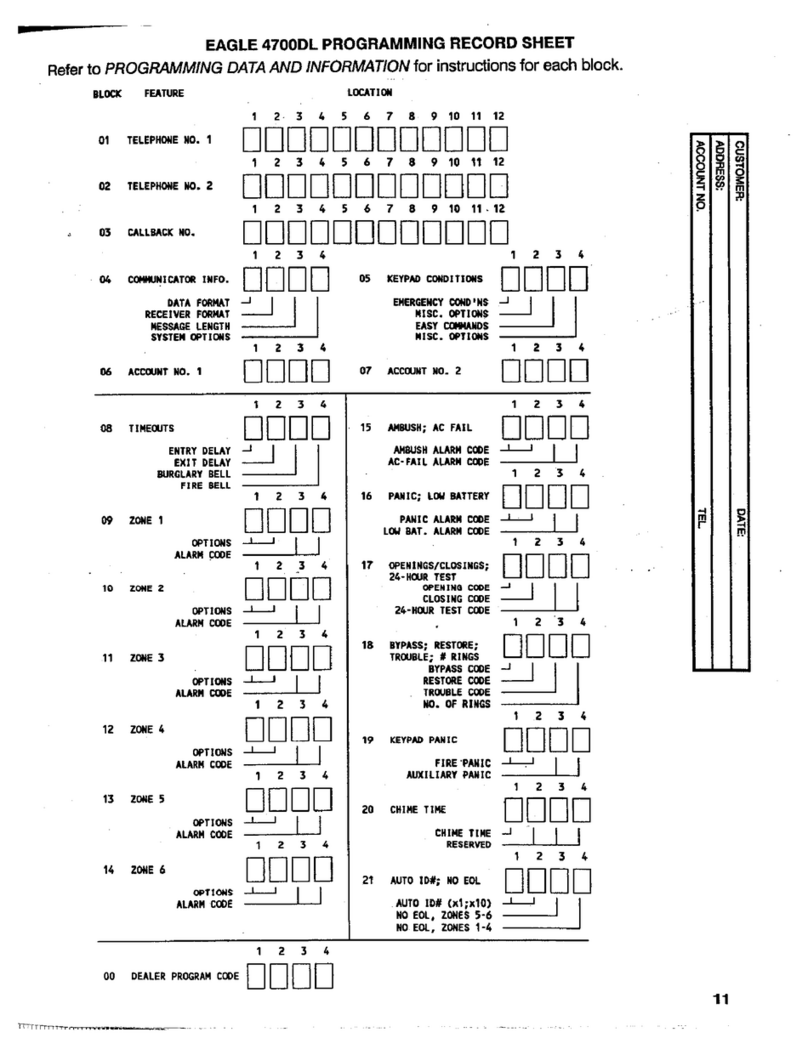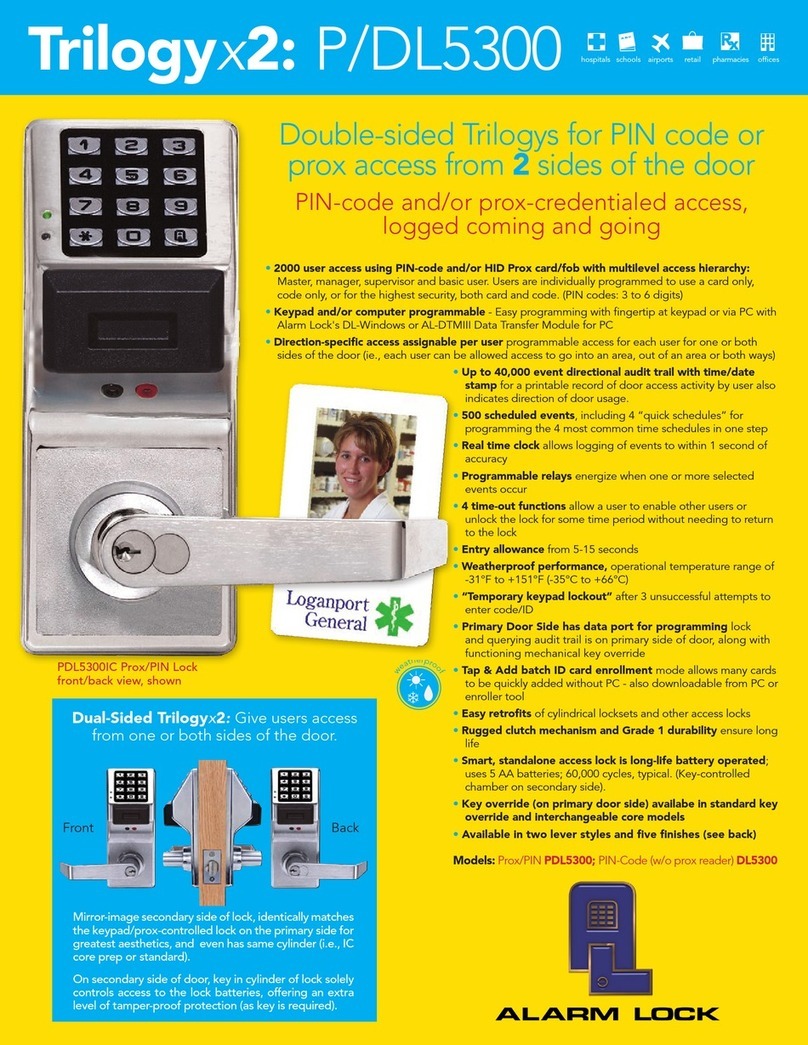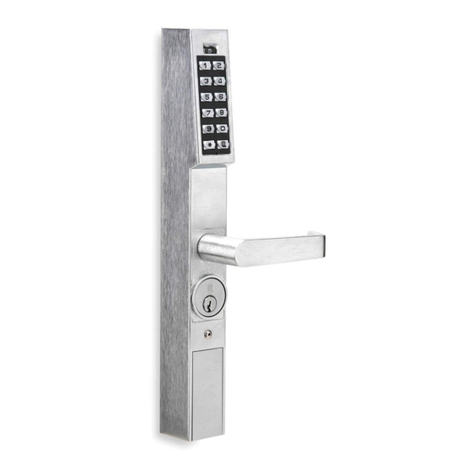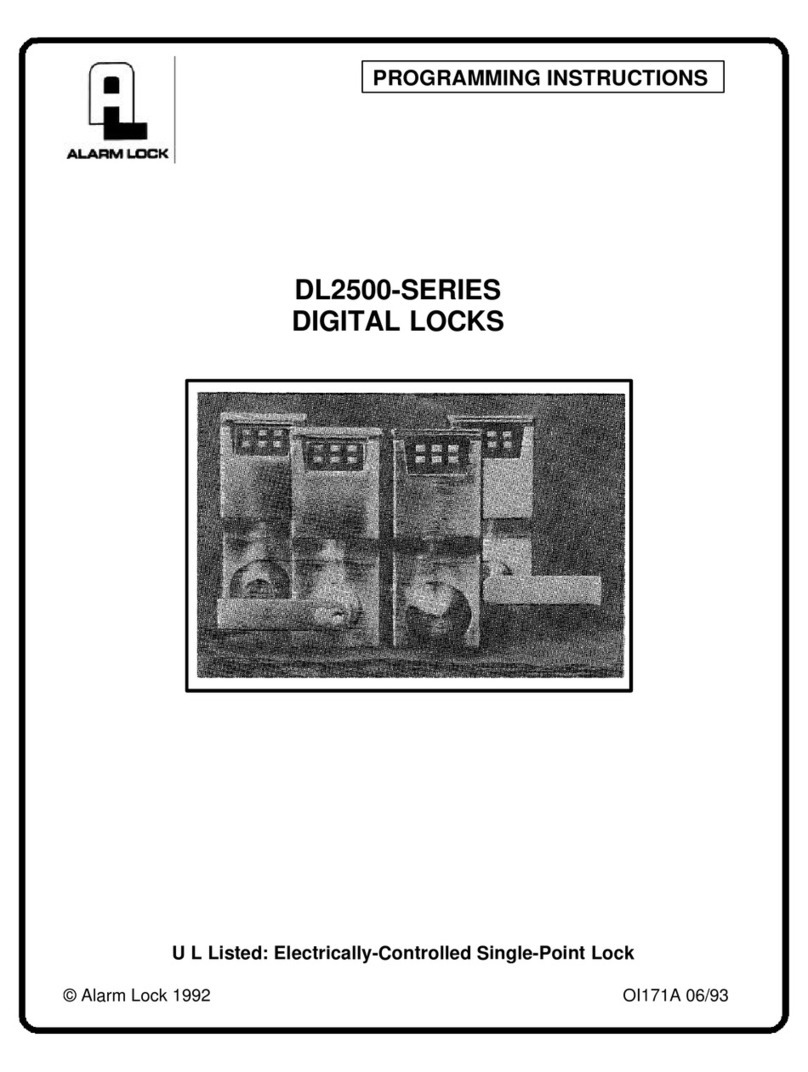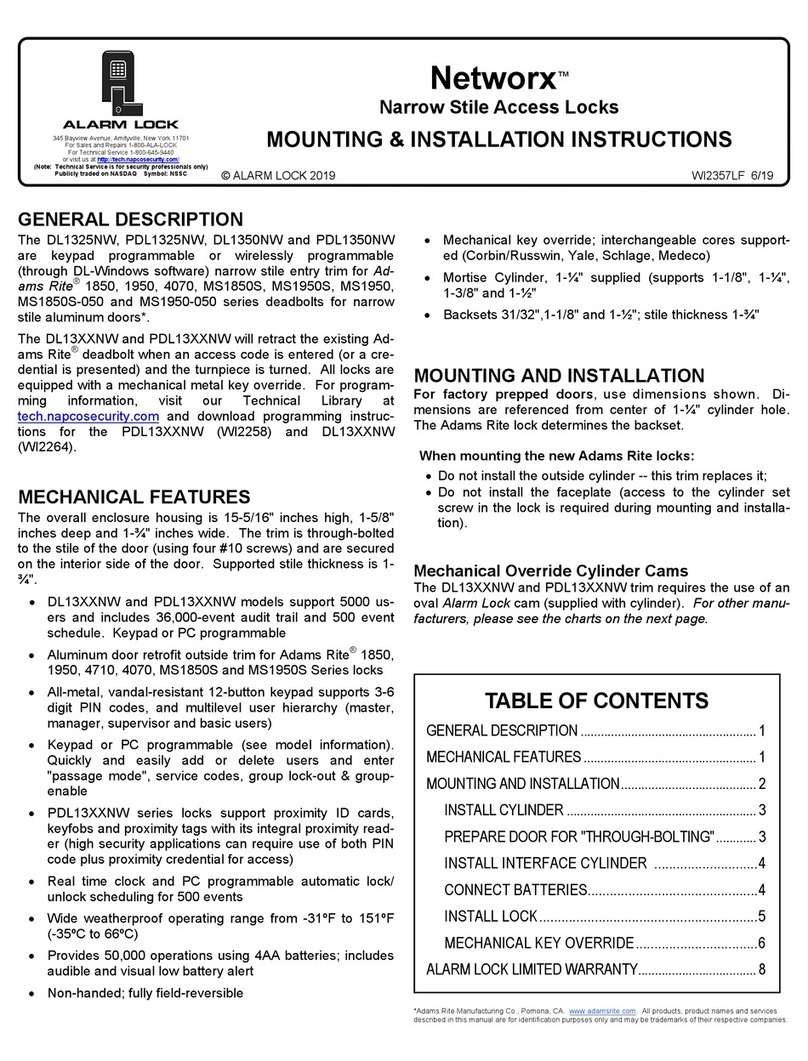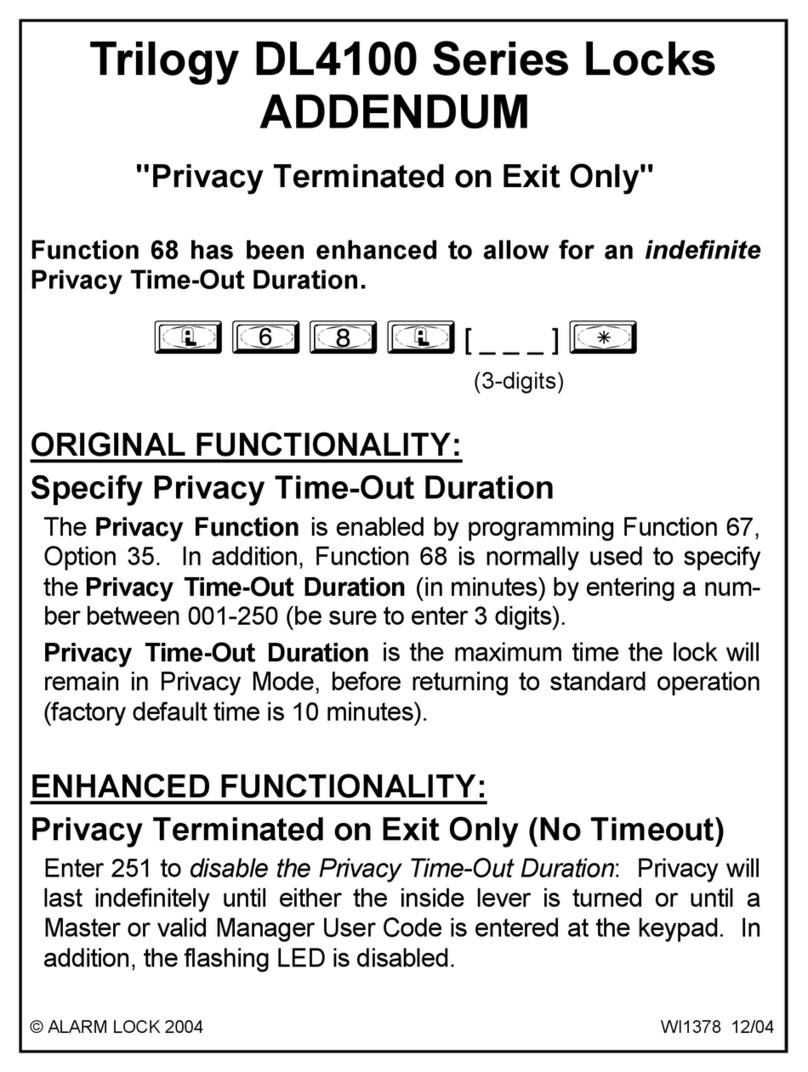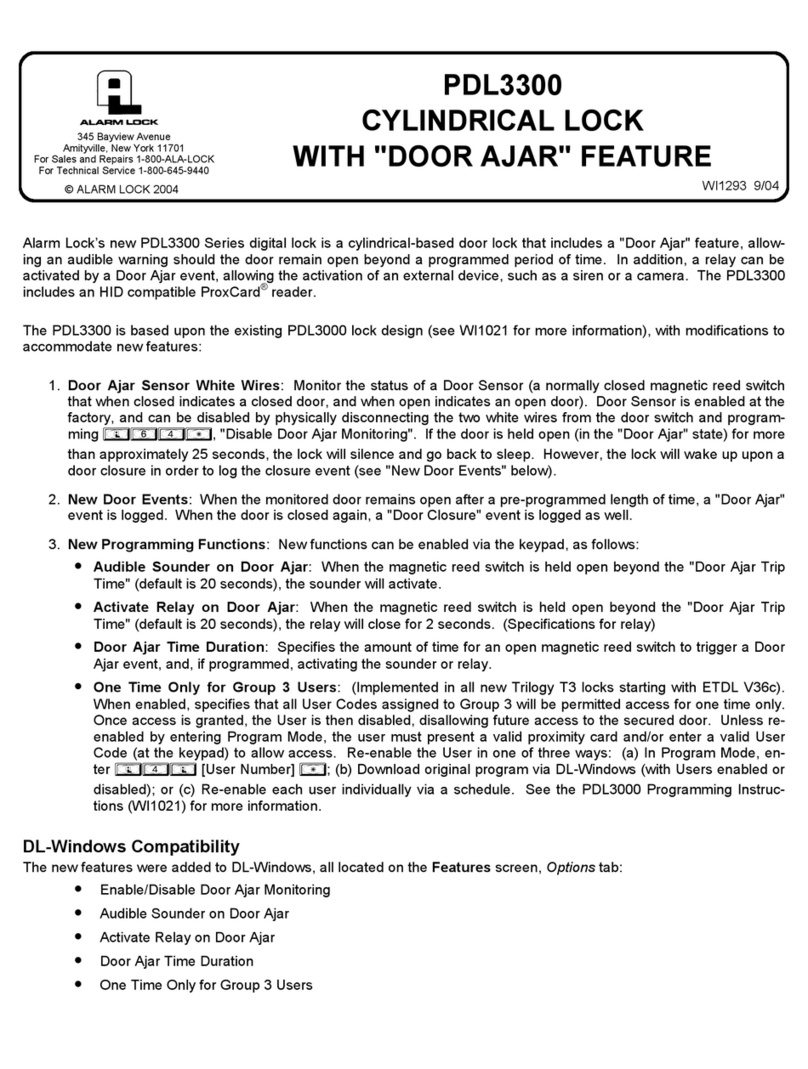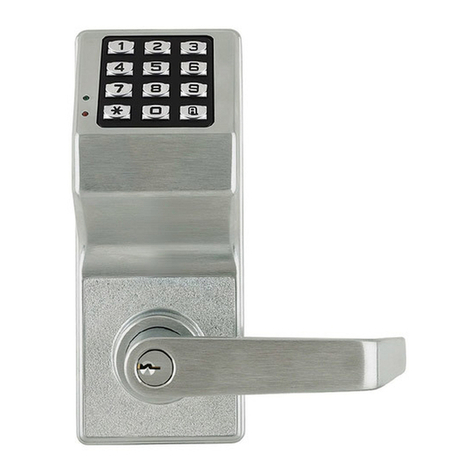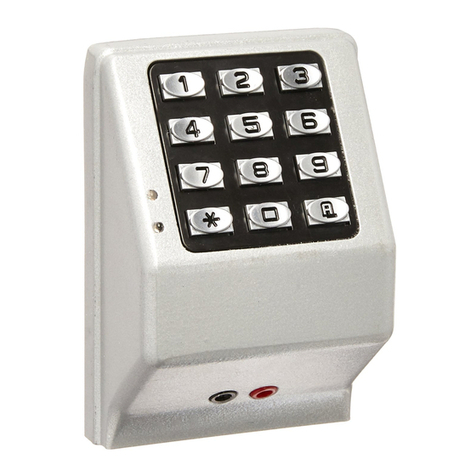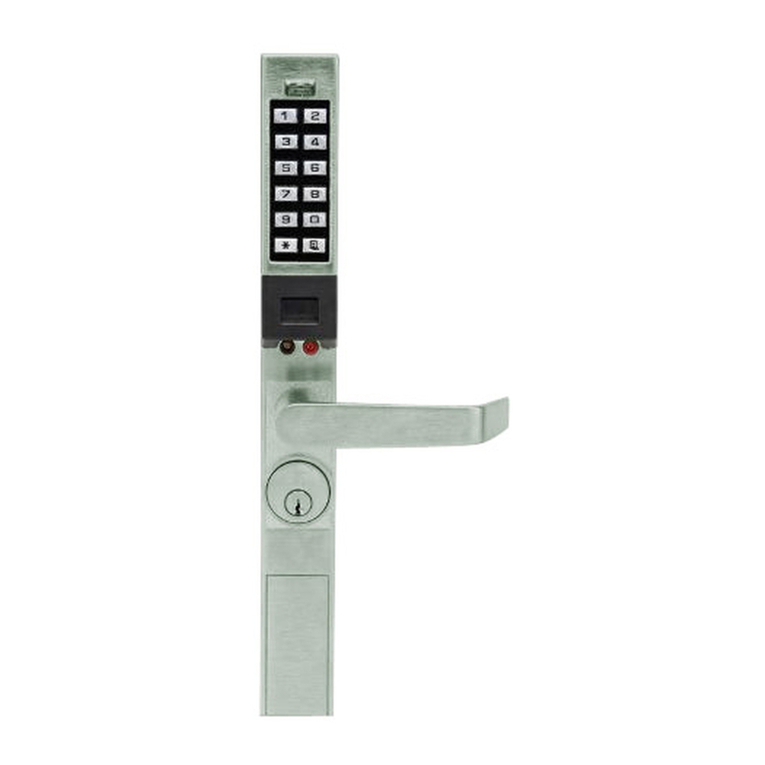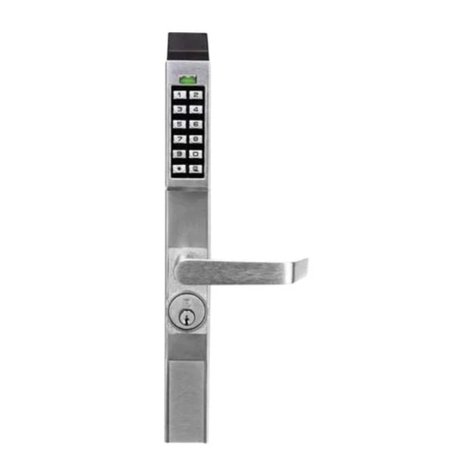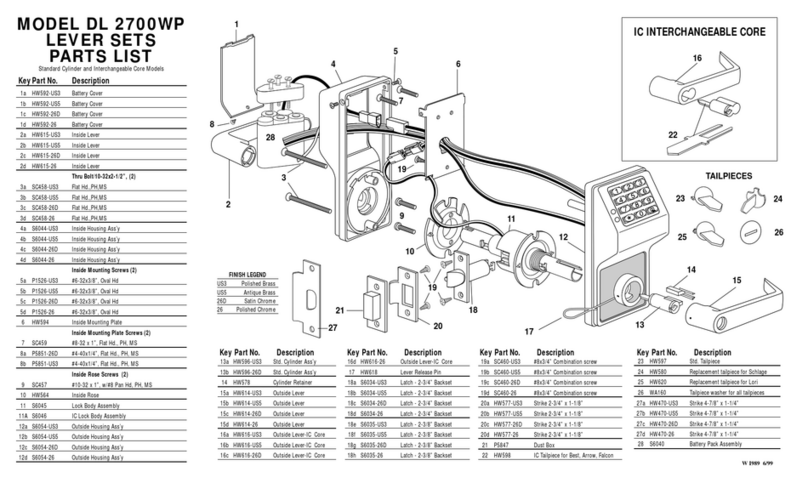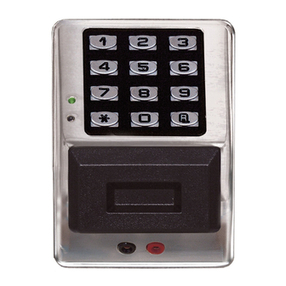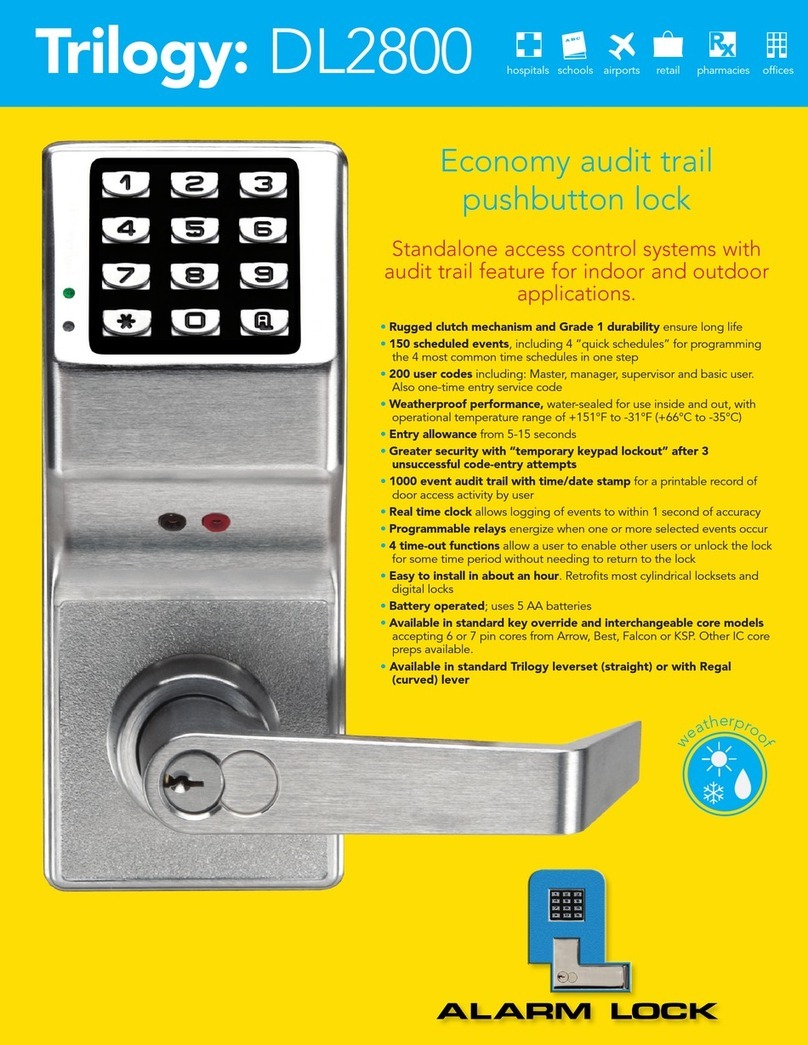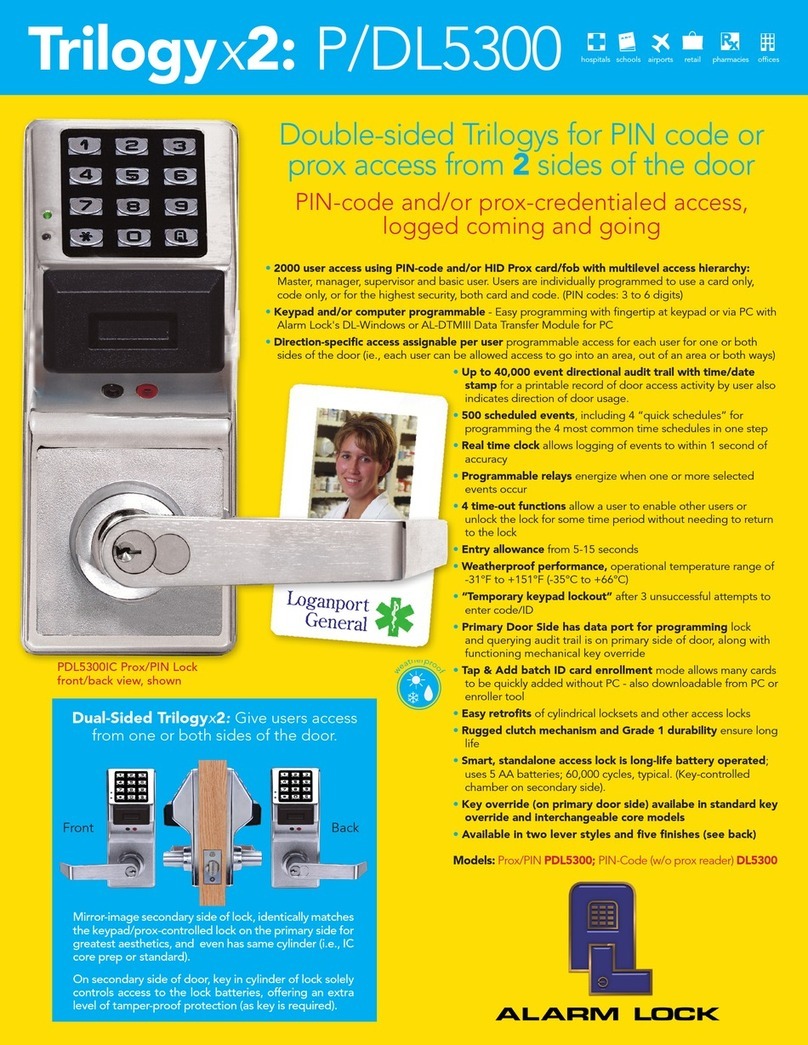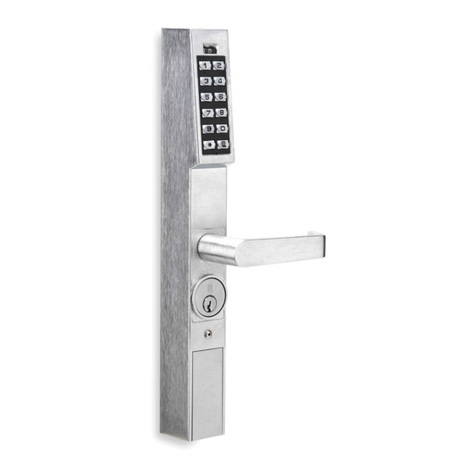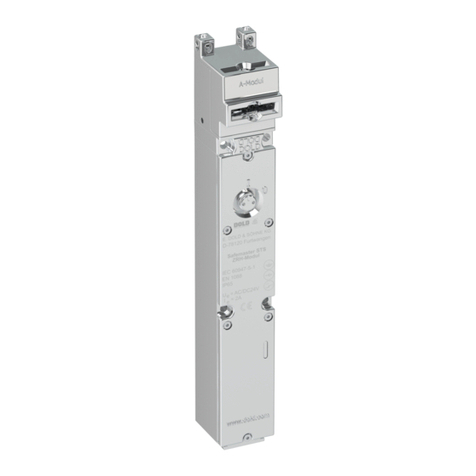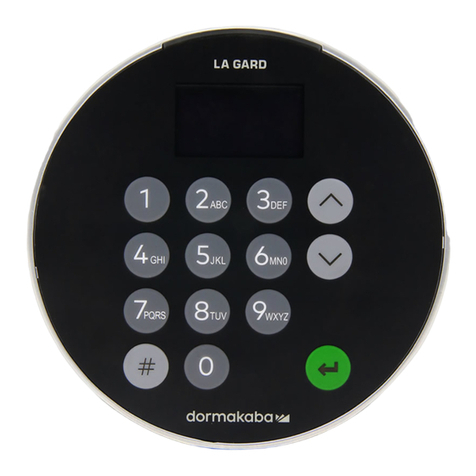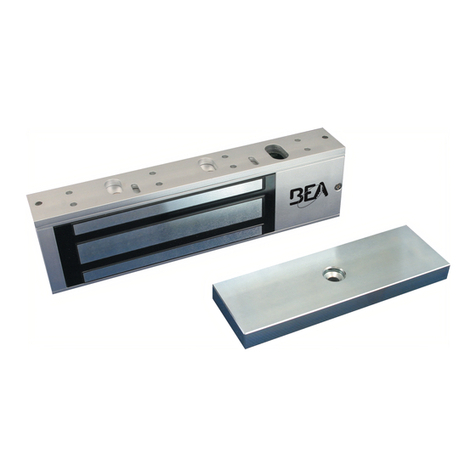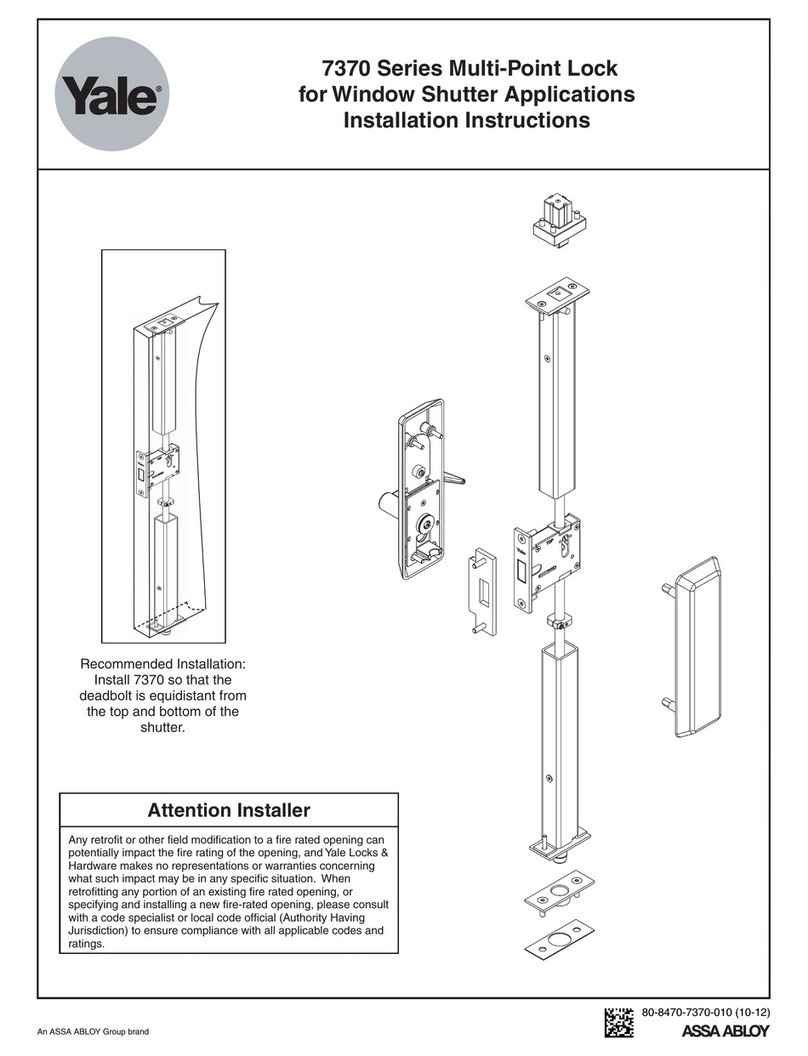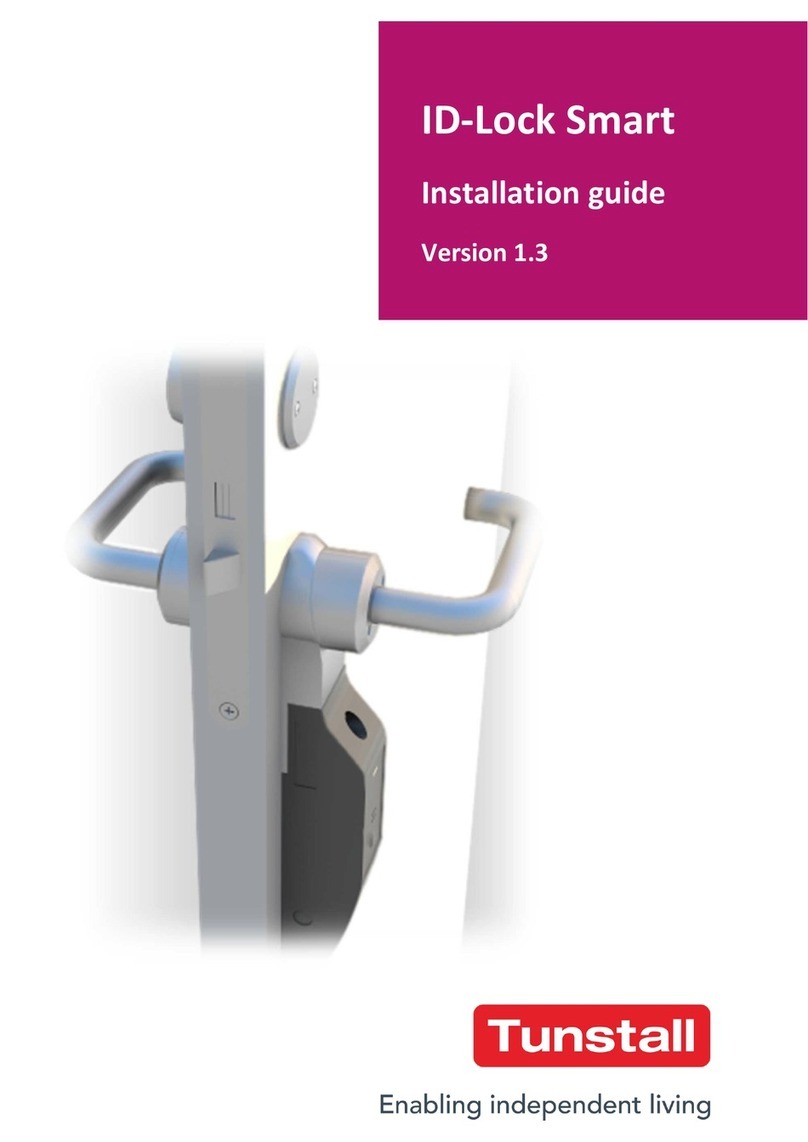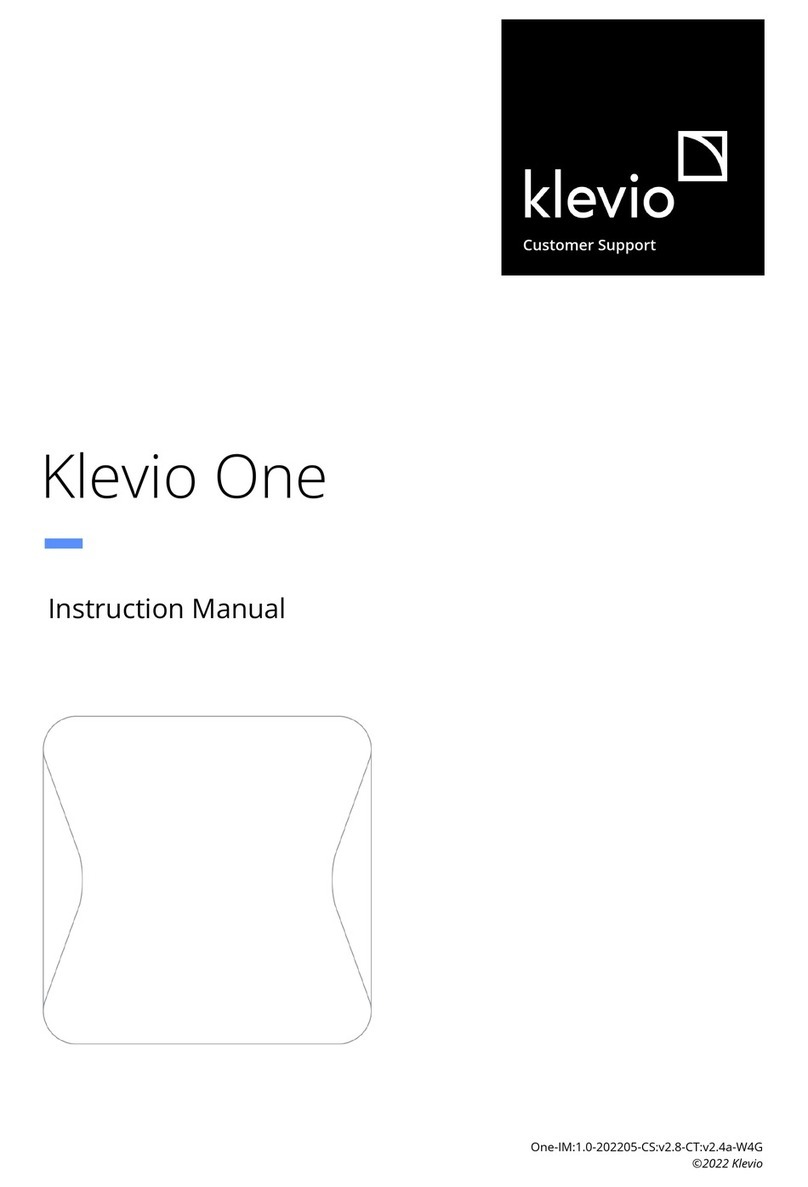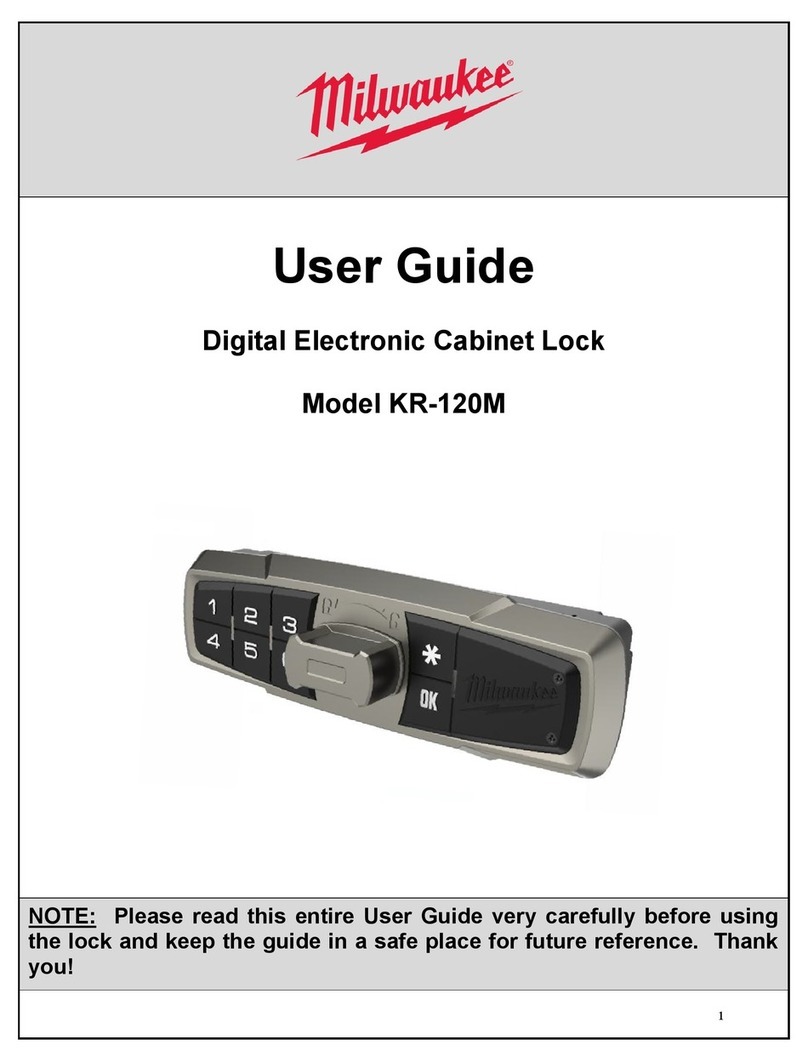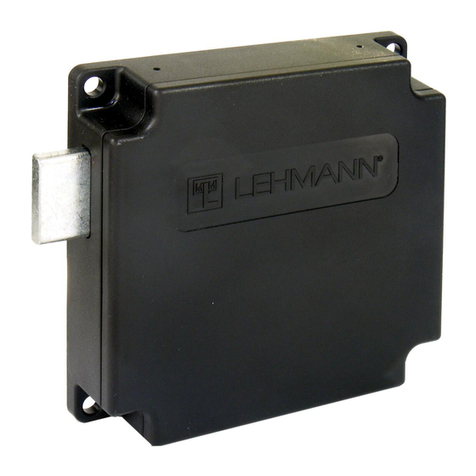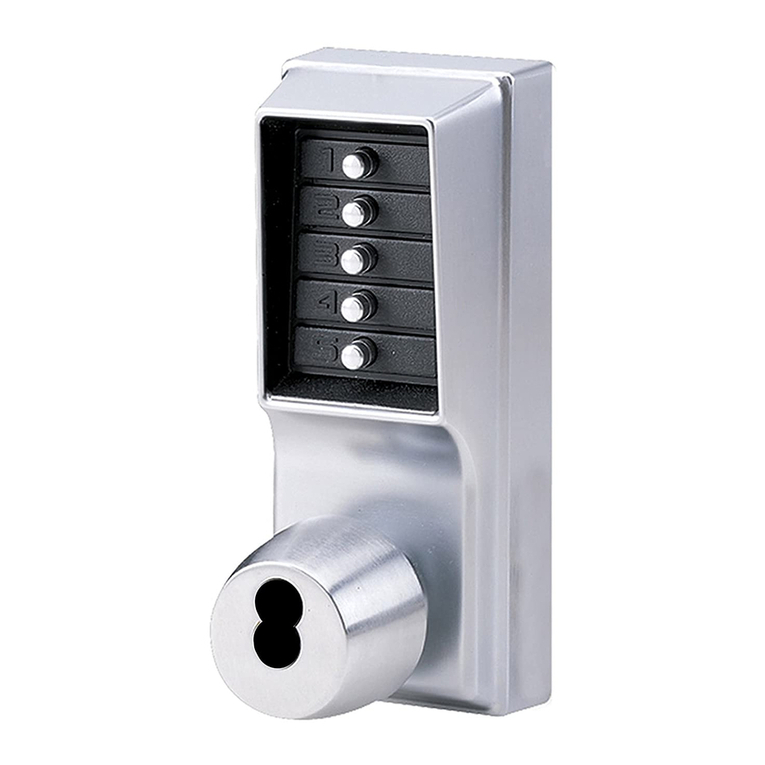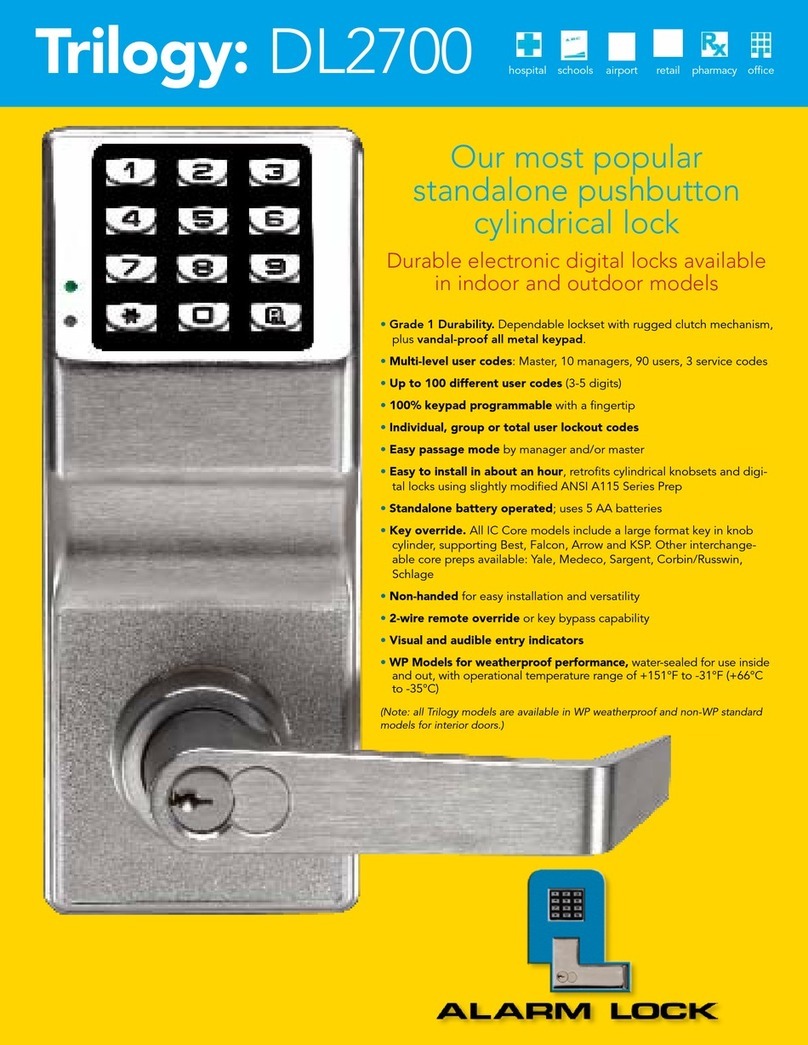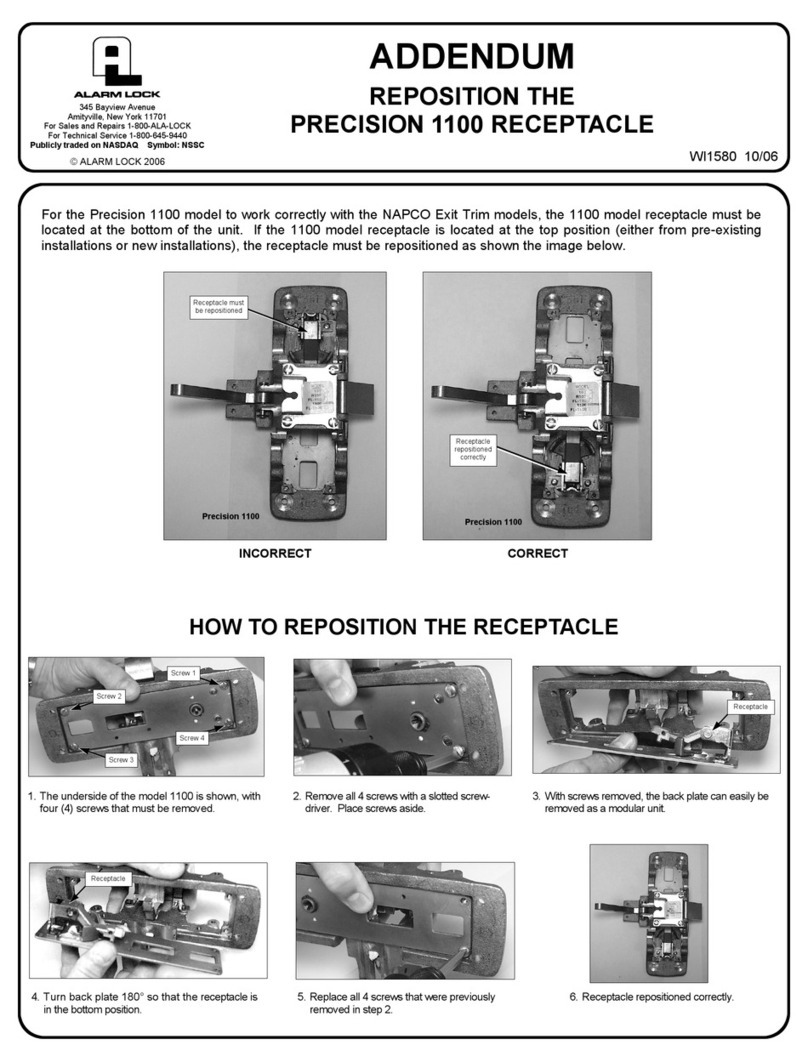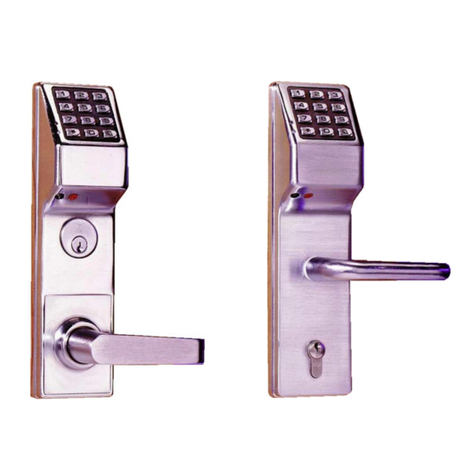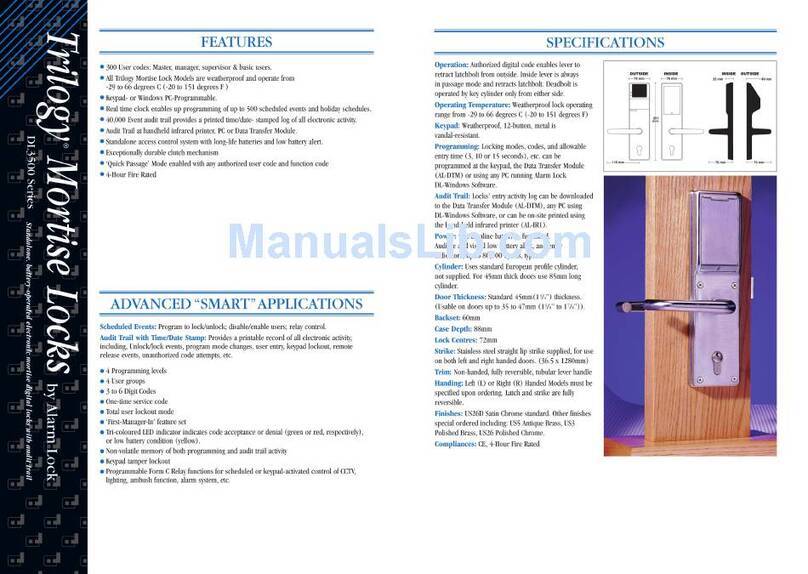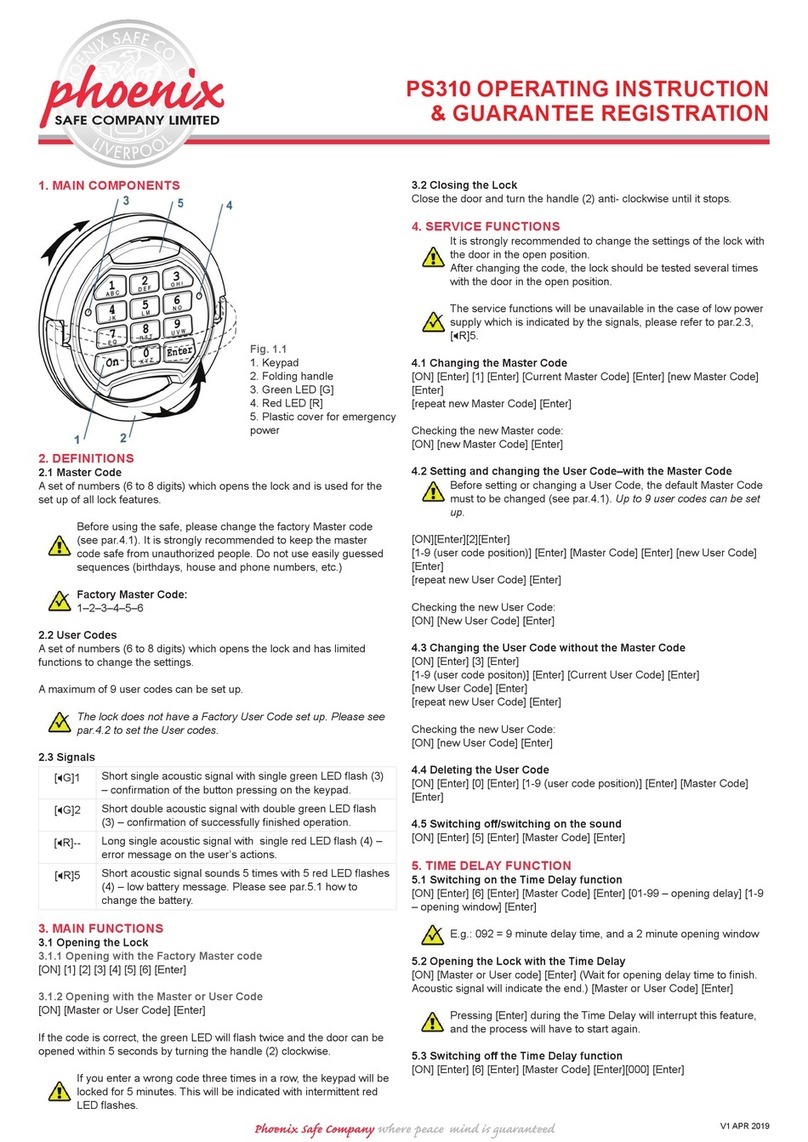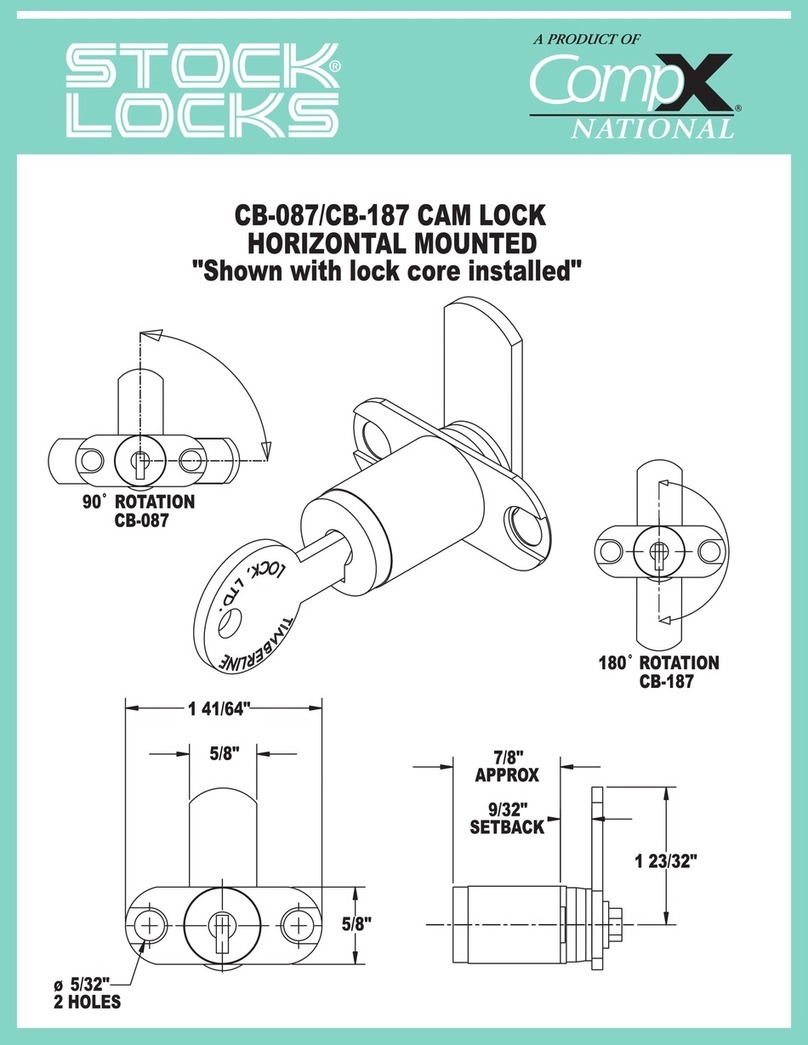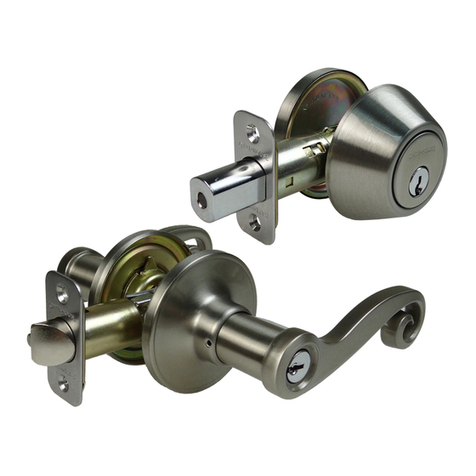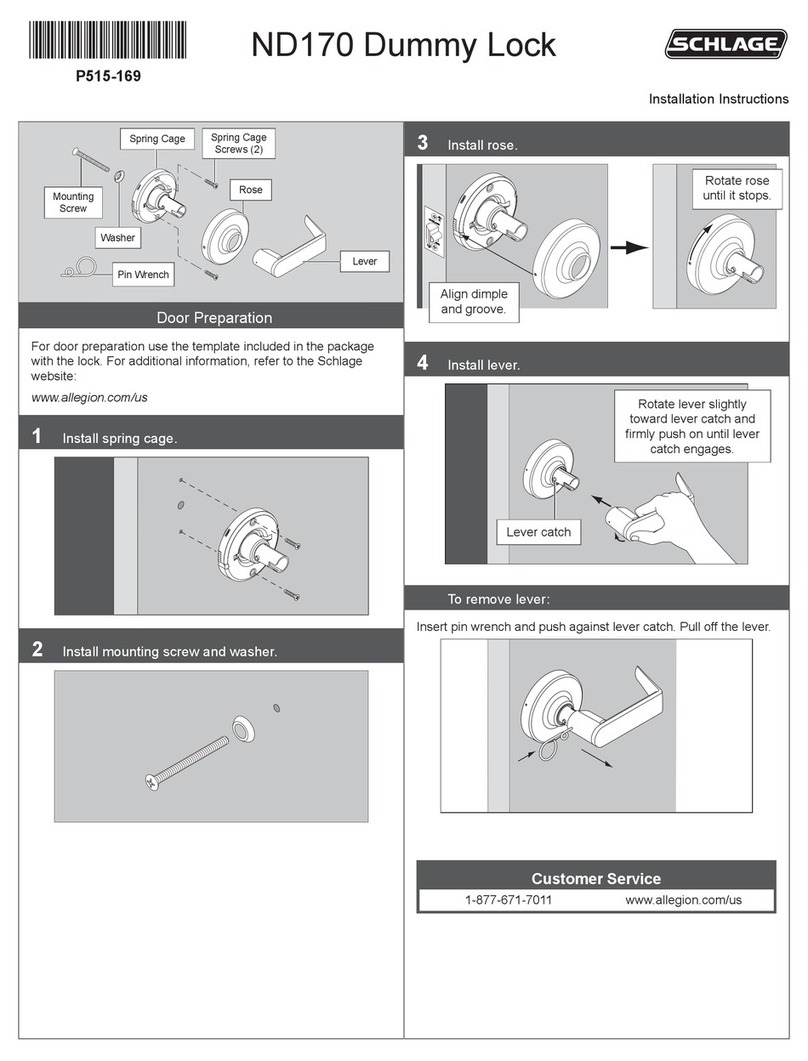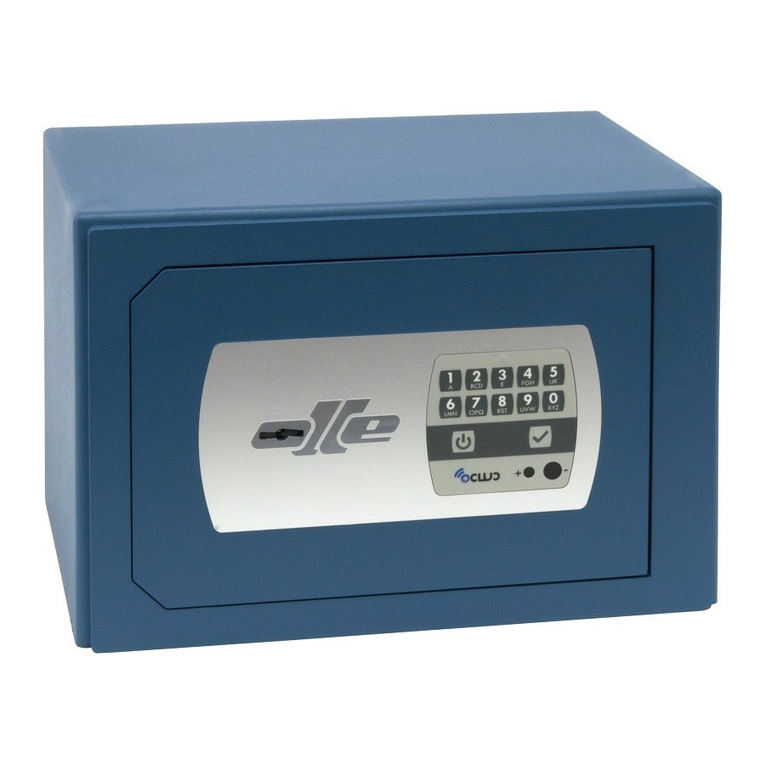
rTerminology Used in this Manual
What is a Lock Program? What is a Programming Level?
A Lock Program contains the instructions that a lock uses to per
form its various functions. You can use the keypa to create a
Lock Program store within the lock. You can also use DL-
Win ows ( efine below) to create a Lock Program on your com
puter, an then transfer an store the Program in the circuitry con
taine insi e the lock itself. The Lock Program is essentially a
computer atabase file that maintains feature settings, sche ules,
au it trails, etc. Using DL Win ows, Lock Programs can be cre
ate with efault information, e ite on your PC, an then sent to
(an even receive from) locks.
The Lock Program consists of 4 areas: User Co es, Features,
Time Zones, an Sche ules, all efine below:
What are User Codes?
Also calle User Access Codes or PIN No. Codes, User Co es
are numbers the User enters into the lock keypa to unlock the
lock. The User Co es are part of the Lock Program, an the Lock
Program is store in the lock circuitry awaiting the Users to key in
their User Co es.
What are Features?
Your lock is esigne to support several options an functions.
Using the keypa or DL-Win ows software (the Programmable
Features win ow), you can select the features you wish to acti
vate, such as if the lock will automatically a just for Daylight Sav
ing Time in the spring an autumn, or if the lock soun er shoul be
isable or enable .
What is a TimeZone?
Events (recor e lock activities) can be programme to occur at
certain times. It is these times (for example, “every Tues ay at
5PM”) that are referre to as TimeZones. In DL-Win ows, you can
use the Sche ule-TimeZone screen to create these TimeZones,
an once create , you can link events to these TimeZones.
What is a Schedule?
Your lock can be programme to maintain a sche ule in which
certain events can occur automatically. For example, you can pro
gram the lock to allow Groups of Users (with their User Co es)
access ONLY uring specific business hours. With another exam
ple, you can program another lock to UNLOCK at 9am, LOCK at
noon for lunch, UNLOCK at 1pm, an LOCK again at 5pm--every
week ay. As you can see, many ifferent combinations of Sche
ules can be create to suit the nee s of the Users. First you cre
ate TimeZones (see above). Next you create events an link them
to your TimeZones (also using the Sche ule-TimeZone screen in
DL-Win ows). When finishe , you can view (in DL-Win ows) your
sche ule in the Sche ule View screen.
What is a User?
A User is a person who is authorize to simply use or make certain
programming changes to the lock. This User can be anyone-from
a one-time visitor (who will almost certainly have no authority to
make changes) to the owner of the buil ing in which the lock is
installe (who will probably wish to have total authority to make
changes). The DL Series locks can hol hun re s of Users in its
programming memory, an each User possesses a pre- efine
level of authority-a Programming Level-as to their ability to use
or make changes to the lock.
The Programming Level efines the range of programming tasks a
User is allowe to perform. The higher the Level, the more pro
gramming tasks the User is allowe (with Master allowing ALL
tasks).
Note: Since the Programming Level is closely associate with the
type of User an their abilities, a User who hol s a certain Pro
gramming Level is sometimes referre to by their “User Type”.
For example, DL4500 Series locks can hol up to 2000 Users in its
programming memory, an each User is associate with a User
Number (see efinition of "User Number" below) an therefore a
specific Programming Level, as follows:
Master: Always associate with User Number 1. Is always en
able an can program all functions. (Abbreviate as
Programming Level = M).
Installer: Always associate with User Numbers 2 an 3. Can
program all functions except changing the Master Co e.
(Abbreviate as Programming Level = 4).
Manager: Always associate with User Numbers 4, 5, an 6.
Can program all functions except functions relating to lock
configuration. (Abbreviate as Programming Level = 3).
Supervisor: Always associate with User Numbers 7, 8 an 9.
Can only program functions relating to ay to ay operation.
(Abbreviate as Programming Level = 2).
Print Only Users: Always associate with User Numbers 10 &
11. Restricte to print event logs only. No other programming
ability allowe . (Abbreviate as Programming Level = 1).
Basic Users: Always associate with User Number 12 an higher
(except 297-300). No programming ability allowe . Most
Users are Basic Users, who are given their own personal User
Co es an are only allowe to simply unlock the lock when
esire .
Programming Levels are hierarchical--higher levels are allowe to
o anything the levels below them can o. For example, if you are
a Manager, you are allowe to o anything that Supervisors, Print-
nly Users an Basic Users can o in a ition to those tasks al
lowe for Managers (Level 3). See page 8 for more information.
What is the Minimum Re uired Program Level?
This Programming Level abbreviation is the minimum program
ming level require to access the particular Function. (The higher
the level number, the more programming tasks the User is al
lowe , with Master allowing all tasks).
In this manual, Programming Levels for the DL series locks are
abbreviate as follows: M = Master, 4 = Installer, 3 = Manager, 2
= Supervisor, 1 = Print Only Users. See page 8 for more informa
tion.
What is a User Number?
(User Number = Location Number = User Location = Slot in Lock)
User Numbers are use an are significant within each in ivi ual
lock only. The User Number etermines the Programming Level
for each User. For example, DL4500 Series locks can hol up to
2000 Users in its programming memory. This memory can be
thought of as simply a numbere list from 1 through 2000. Each
entry in the list is represente by a User Number. Therefore,
where a User is locate in this list--their User Location--is a com
monly use escription of their User Number. Because of their
similarities, a User Number, User Location an Location Number
can be use interchangeably. In some DL-Win ows screens, the
6




















